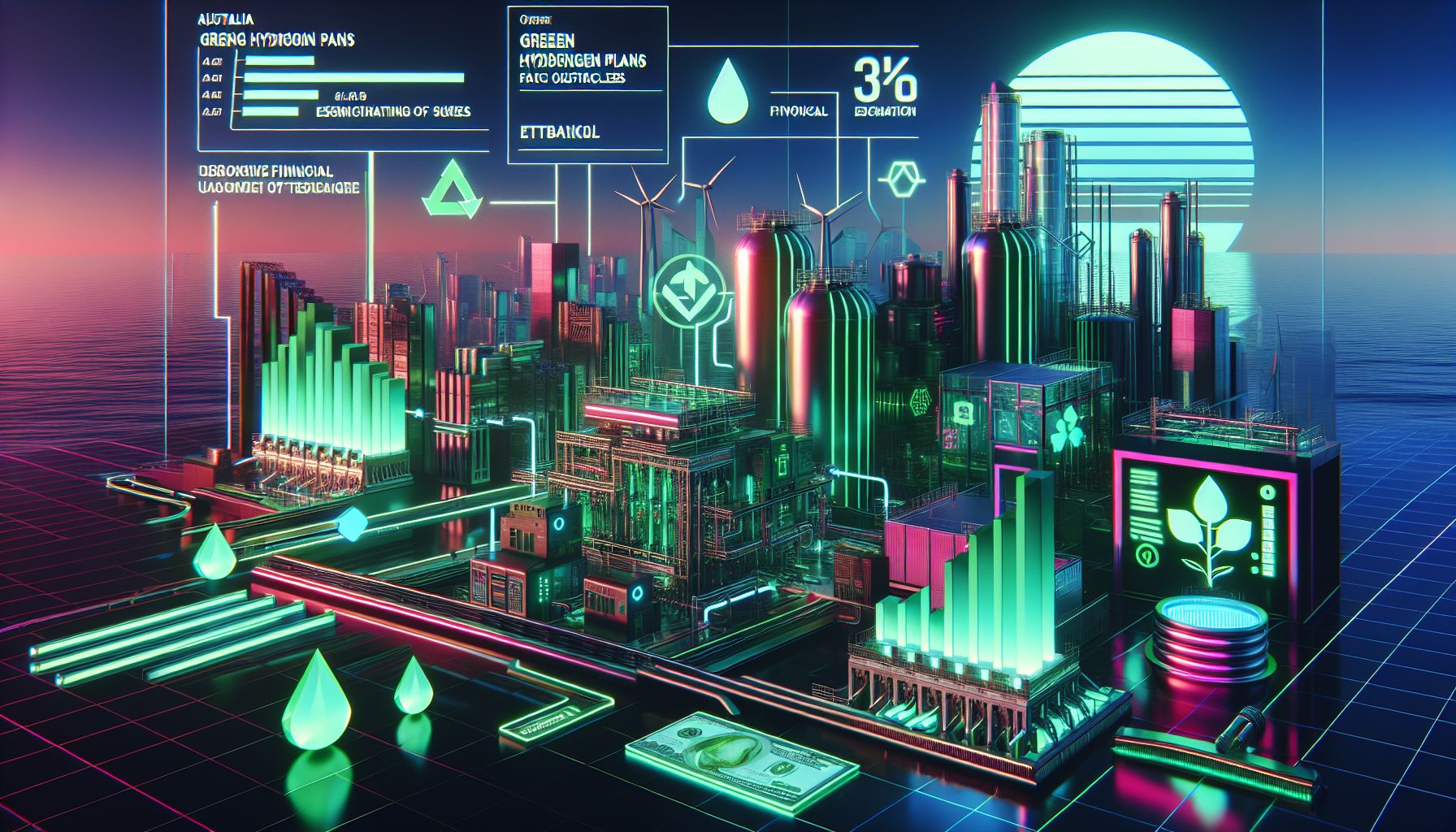Australia's Green Hydrogen Dream Hits a Snag

Queensland, Monday, 14 July 2025.
Australia’s ambitious green hydrogen plans face obstacles, as major projects stall. Financial setbacks and underestimations of water usage hinder progress, questioning the viability of a sustainable energy future.
Challenges Facing Australia’s Green Hydrogen Sector
Australia’s dream of becoming a green hydrogen powerhouse is facing significant challenges. Firstly, there’s the steep learning curve in producing hydrogen on a large scale, which has proven to be more difficult than anticipated. This is compounded by limited demand for hydrogen, a product notoriously difficult to market without established infrastructure and consumer base—the classic chicken-and-egg problem [1][5].
Financial and Political Hurdles
On the financial front, many green hydrogen projects have struggled to secure investments. The withdrawal of financial support from the Queensland government for the Central Queensland Hydrogen Hub in February 2025 starkly illustrates this challenge [1]. Additionally, Fortescue’s decision in May 2025 to cut 90 jobs specifically related to green hydrogen initiatives across Queensland and Western Australia underscores industry-wide belt-tightening [1].
Environmental Considerations: Water Usage
Water use in hydrogen production is a growing concern. Producing green hydrogen through electrolysis is water-intensive, consuming 9 litres of water per kilogram directly, and potentially as much as 30 litres more indirectly. This competes with Australia’s scarce water resources and raises sustainability questions, particularly as the government envisions scaling up production to meet ambitious climate goals [5].
Steps Forward and Possible Solutions
Despite these challenges, there’s still hope. Key experts suggest that focusing on the most viable applications of green hydrogen, like ammonia production, could provide the necessary demand boost. Rethinking subsidy structures to support market demand instead of blanket funding could also pave the way forward [1]. Navigating these financial and logistical hurdles will require both strategic investments and renewed political commitment, particularly in securing bipartisan support [1][5].